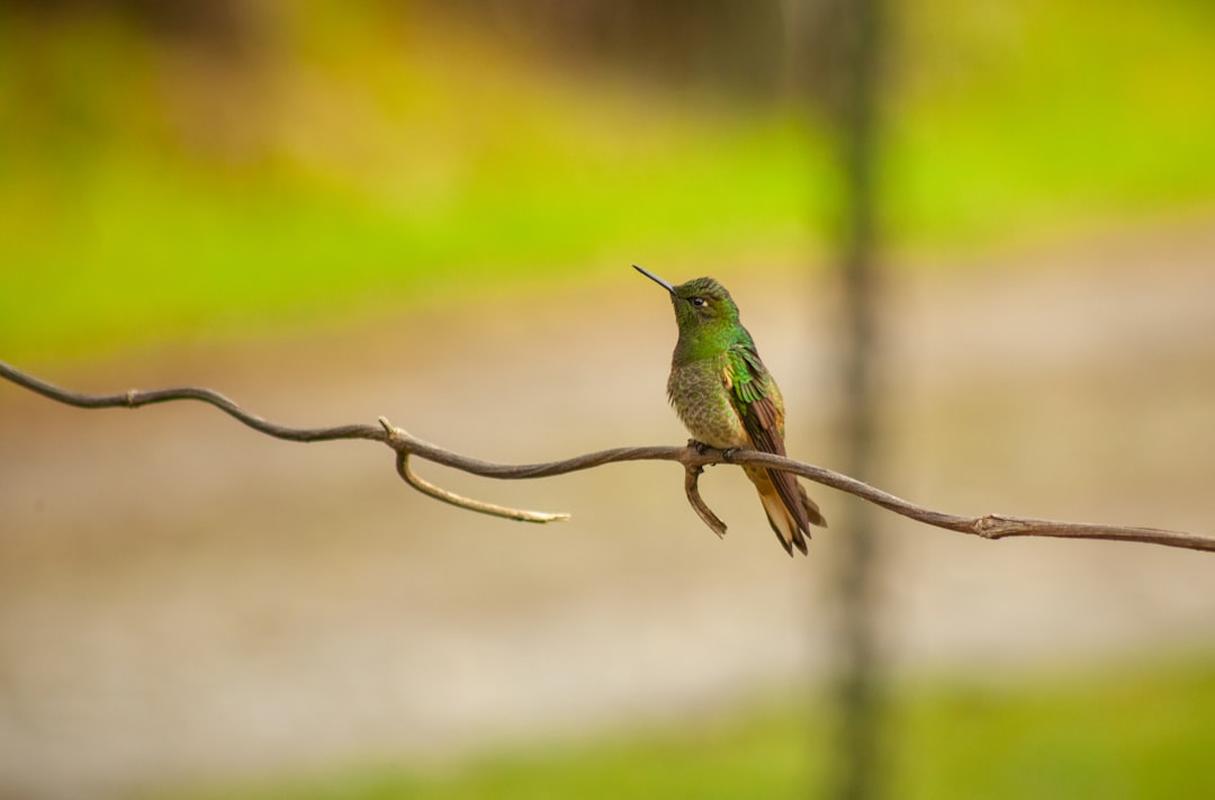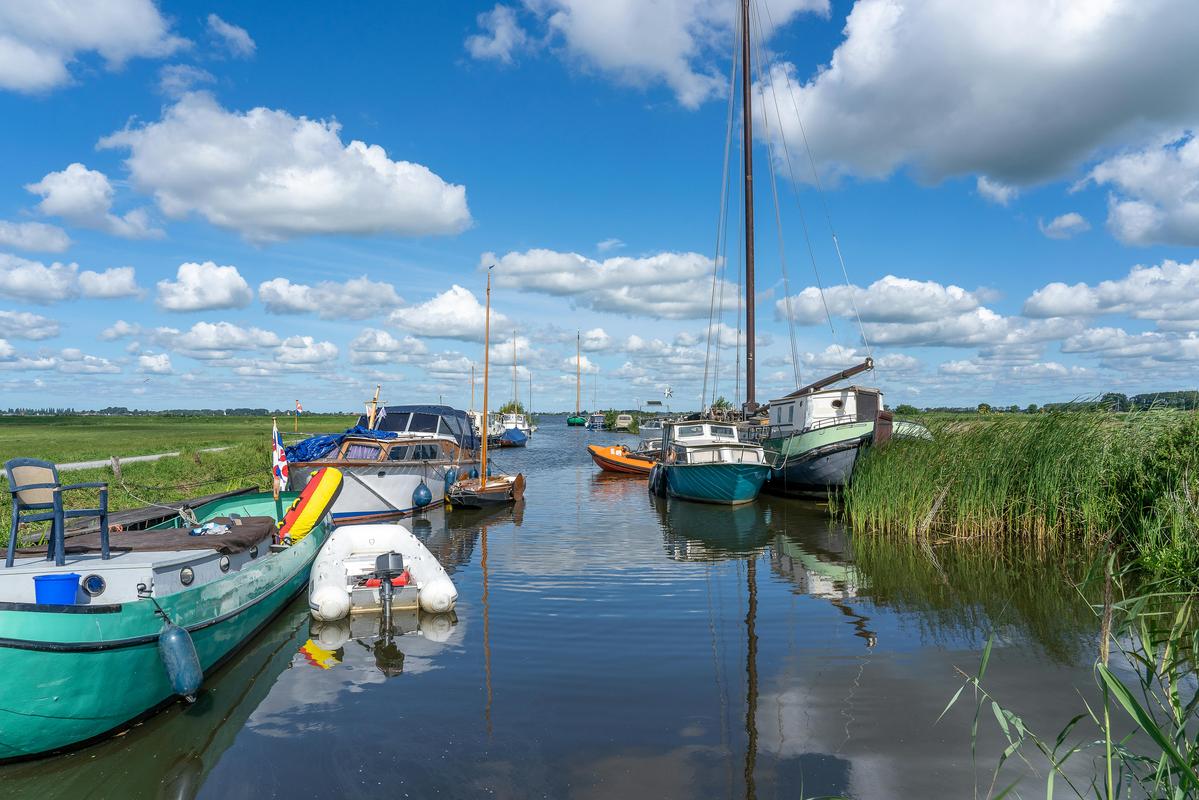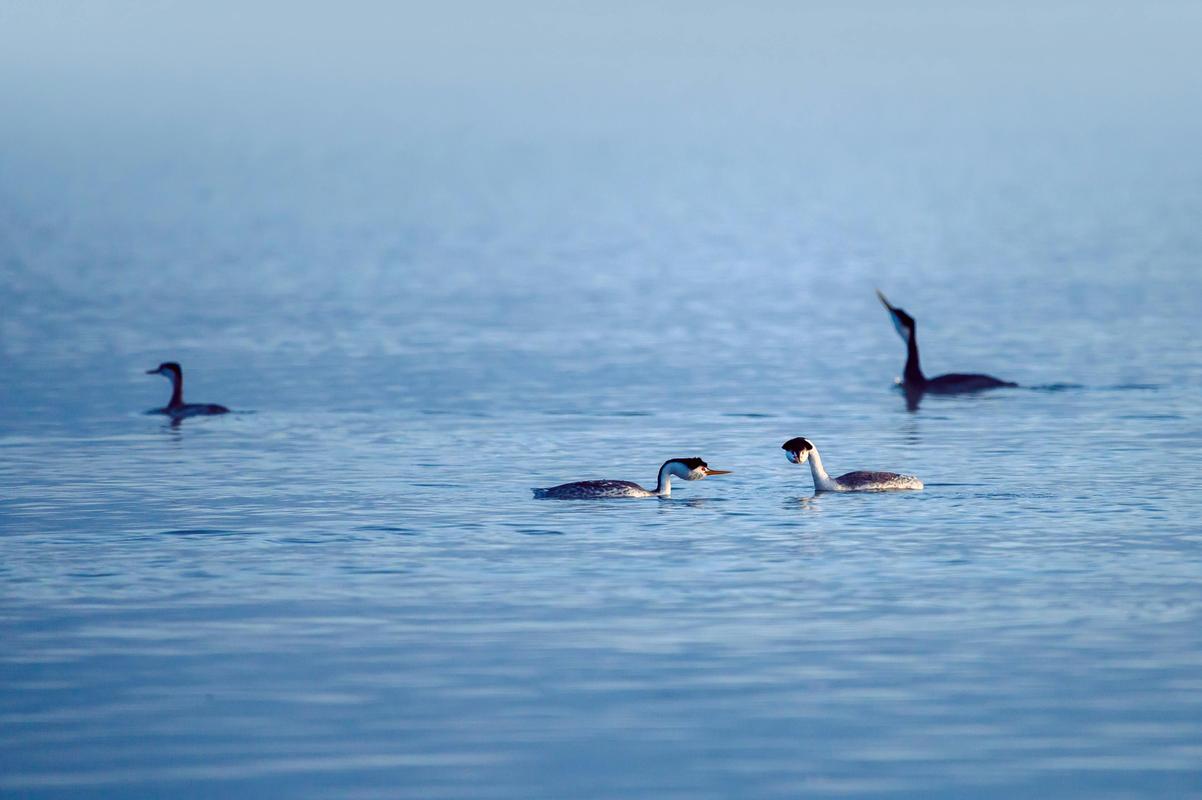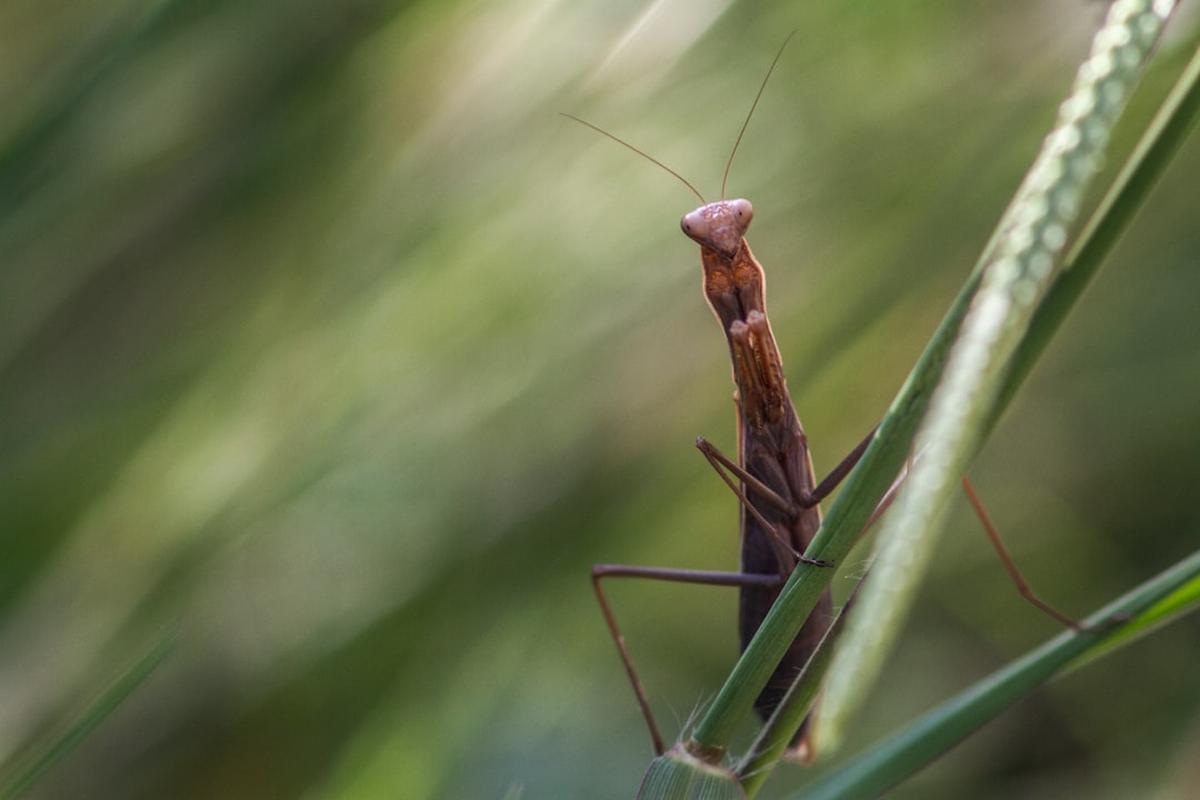Introduction to Wetlands: Understanding the Habitat of Wetlands Animals
Wetlands are truly amazing ecosystems, full of a wide variety of wildlife that have adapted to thrive in these unique environments. From the marshes and swamps to the bogs and floodplains, these watery habitats support a remarkable level of biodiversity, rivaling even the richness of rainforests and coral reefs.
Wetland animals have evolved a wide range of specialized adaptations to deal with the challenges of their watery home. Many have webbed feet, streamlined bodies, and special respiratory systems to help them move and breathe in the water. Others have adapted to cope with the waterlogged or oxygen-deprived soils, developing modified respiratory systems to get oxygen from their surroundings.
These wetland creatures have also developed intricate camouflage strategies and defense mechanisms to blend in with their surroundings and avoid predators. Wetland birds, for example, often have mottled feathers that help them disappear into the reeds and rushes, while aquatic mammals like the American Beaver use their strong jaws and building skills to create dams that offer shelter and safety.
Wetlands are crucial breeding and nursery grounds for many animal species, providing the perfect conditions for reproduction and raising young. These aquatic havens offer a steady water supply, plenty of food, and sheltered areas that are essential for the survival and well-being of numerous species, from birds and mammals to amphibians and reptiles.
The amazing biodiversity of wetlands is truly impressive. In Illinois alone, over 100 bird species rely on or are strongly linked to these habitats, while almost half of the state’s mammal and amphibian species use wetlands at least part of the year. The restored wetland-prairie landscape at Midewin National Tallgrass Prairie even supports species found almost nowhere else, highlighting the unique and irreplaceable value of these dynamic ecosystems. 1 2
 Photo by Backroad Packers on Unsplash
Photo by Backroad Packers on Unsplash
Top Wetlands Animals: A Closer Look at Iconic Species
Wetlands are truly amazing ecosystems, full of a wide variety of iconic species that really grab our attention. From the beautiful waterfowl that hang out in their waters to the tricky fish that do well in their depths, these important habitats are home to a ton of different life.
Think about how important wetlands are – even though they cover less than 1% of the Earth’s surface, they house more than 10% of all known animal species and about 50% of all known fish species. These lush oases act as crucial spawning grounds, nursery areas, and feeding grounds for a huge range of aquatic creatures, from the graceful waterfowl to the plentiful invertebrates that keep them going.
Wetlands are key rest stops and wintering spots for shorebirds during migration, giving these long-distance travelers the rest and refueling they need.
But, the future of these special ecosystems is up in the air. In the last century, the United States has lost over 50% of its wetlands, with the rate of loss going up by more than 50% in the last decade. This worrying trend shows the urgent need to protect and restore these important habitats.
Groups like Ducks Unlimited have taken on the challenge, conserving more than 18 million acres of wetlands and associated waterfowl habitats. Their efforts, along with the Freshwater Challenge’s big goal of restoring 350 million hectares of degraded wetlands by 2030, offer some hope for the future of these irreplaceable ecosystems.
As we learn more about the wonders of wetlands, we’re reminded of how important they are in keeping the delicate balance of our natural world. From the beautiful waterfowl to the tricky fish, these habitats show the resilience and diversity of life on our planet. 3 4
 Photo by Mike Van Schoonderwalt on Pexels
Photo by Mike Van Schoonderwalt on Pexels
The Role of Wetlands Animals in Ecosystem Balance
Wetlands are the unsung heroes of our natural world, quietly playing a vital role in maintaining the delicate balance of our ecosystems. These lush, water-rich environments are home to a diverse array of wildlife, each species contributing to the intricate web of life that sustains our planet.
At the heart of this vibrant ecosystem are the wetlands animals, a captivating cast of creatures that thrive in these unique habitats. From the majestic bald eagles soaring overhead to the elusive amphibians lurking in the shadows, these animals are the guardians of the wetlands, their presence a testament to the health and resilience of these vital landscapes.
- More than 225 bird species have been spotted at Eagle Marsh alone, a testament to the incredible biodiversity found in these wetland preserves.
- About half of all federally endangered wildlife rely on wetlands for survival at some point in their life cycles, underscoring the critical role these habitats play in supporting threatened species.
- 28 bird, two amphibian, and one reptile species endangered or of special concern in Indiana have been observed in the preserves managed by the Little River Wetlands Project, highlighting the importance of wetland conservation efforts.
These wetlands animals are not merely passive inhabitants; they are active participants in the delicate balance of the ecosystem. Their presence helps to regulate water levels, filter pollutants, and maintain the rich biodiversity that makes wetlands such invaluable natural resources.
As we strive to protect and restore these vital ecosystems, it is the wetlands animals that serve as our guides, reminding us of the intricate connections that bind all life together. By understanding and appreciating the role these creatures play, we can better appreciate the true value of wetlands and work to ensure their preservation for generations to come. 5 6
Conservation Efforts: Protecting Wetlands and Their Inhabitants
The U.S. Fish and Wildlife Service understands how important these habitats are, protecting over 2.7 million acres of top-notch wetland within its network of refuges. Alongside this, the agency oversees 1.7 million acres of permanently preserved wetland easements, mainly in the Prairie Pothole Region, making sure these irreplaceable habitats stay intact for generations to come.
Wetlands also play a crucial role in supporting healthy fish populations. The National Fish Passage Program combines expertise in fish biology and specialized engineering to remove dams and other barriers, allowing for unimpeded migration through these aquatic ecosystems. Similarly, the National Fish Habitat Partnership works with regional collaborations to tackle the nation’s most urgent fish habitat challenges, safeguarding the diverse array of species that call wetlands home.
Preserving these environments is not just about protecting wildlife - it’s about sustaining the well-being of local communities as well. The Coastal Program, for instance, delivers habitat conservation in coastal watersheds, ensuring that both wildlife and people can thrive. Migratory Bird Joint Ventures, meanwhile, bring together diverse stakeholders to conserve wetlands and other habitats for the benefit of priority bird species and the broader ecosystem.
Ultimately, the conservation of wetlands is a multifaceted endeavor, requiring the collective efforts of government agencies, community groups, and individual citizens. By volunteering, reporting illegal activities, and embracing sustainable practices, we can all play a role in safeguarding these irreplaceable natural wonders and the incredible diversity of life they support. 7 8
 Photo by Brett Sayles on Pexels
Photo by Brett Sayles on Pexels
References
-
“High Biodiversity” - www.wetlands-initiative.org ↩
-
“What Is A Wetland And 8 Other Wetland Facts” - www.worldwildlife.org ↩
-
“Howwetlandswork” - www.lrwp.org ↩
-
“How We Protect And Conserve Wetlands” - www.fws.gov ↩
-
“10 Ways You Can Help Conserve Wetlands” - www.fws.gov ↩
